There are cameras that are so popular or beloved that they have acquired iconic status. One name that is certainly not missing from that list is the legendary Leica M6, the quirky rangefinder that took the world by storm in 1984. Even today, one of the most sought-after cameras. Last month it went in a backpack through Nepal. This is the photographic travel log of an analog adventure.
If you have never held a Leica M in your hands, you don’t know how you can be captivated by the design, ease of use and sturdiness of a rock-solid, professional 35mm camera. My love of Leica began with a 1934 Barnack, the IIIa, which is still in use after 90 years. A Barnack is undoubtedly one of the most beautiful camera you can have in your hands. You can look at it for hours and wonder about the ingenuity that went into putting all that prewar camera knowledge into such an elegant little device. The Barnacks have evolved into the legendary M series, the icon of Leica. The names Leica and ‘M’ in a way have become interchangeable, when you talk about Leica, you are almost certainly about the M. The ‘Messucher’ in German or rangefinder.
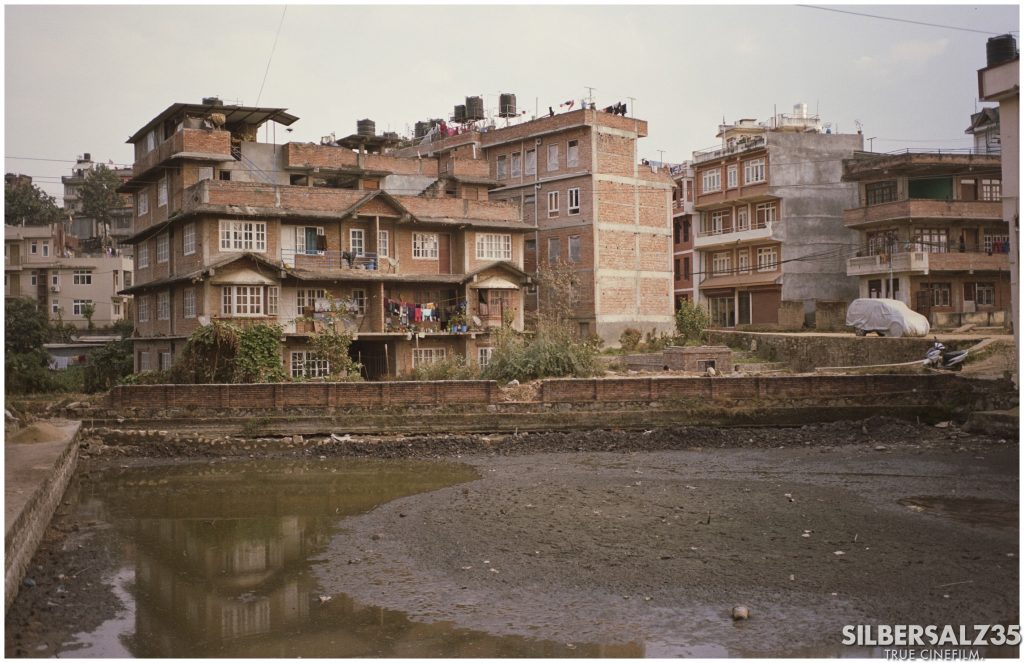
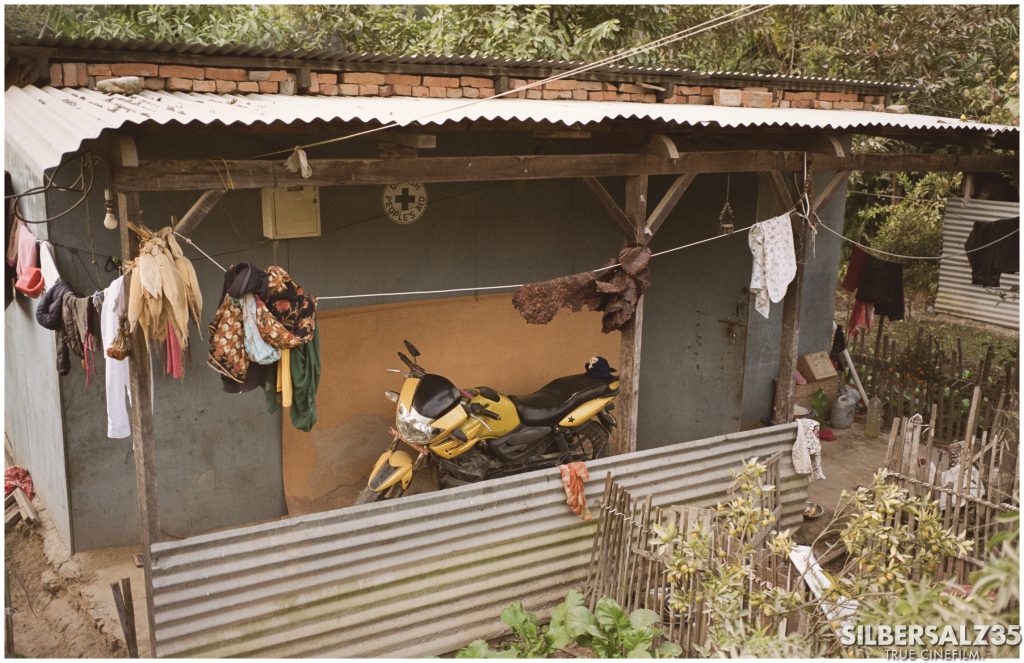
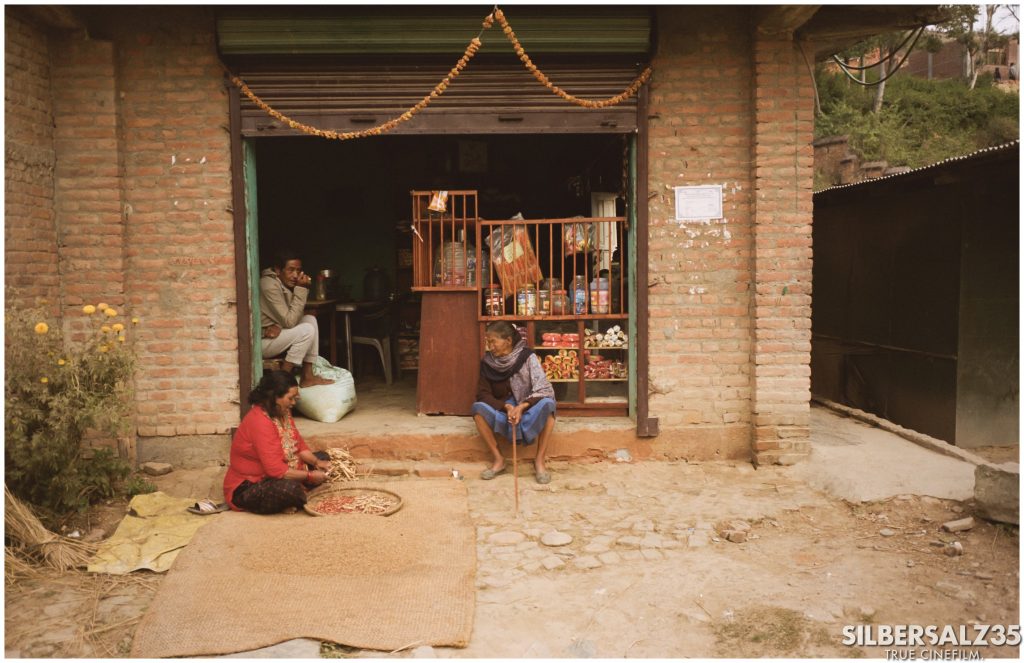
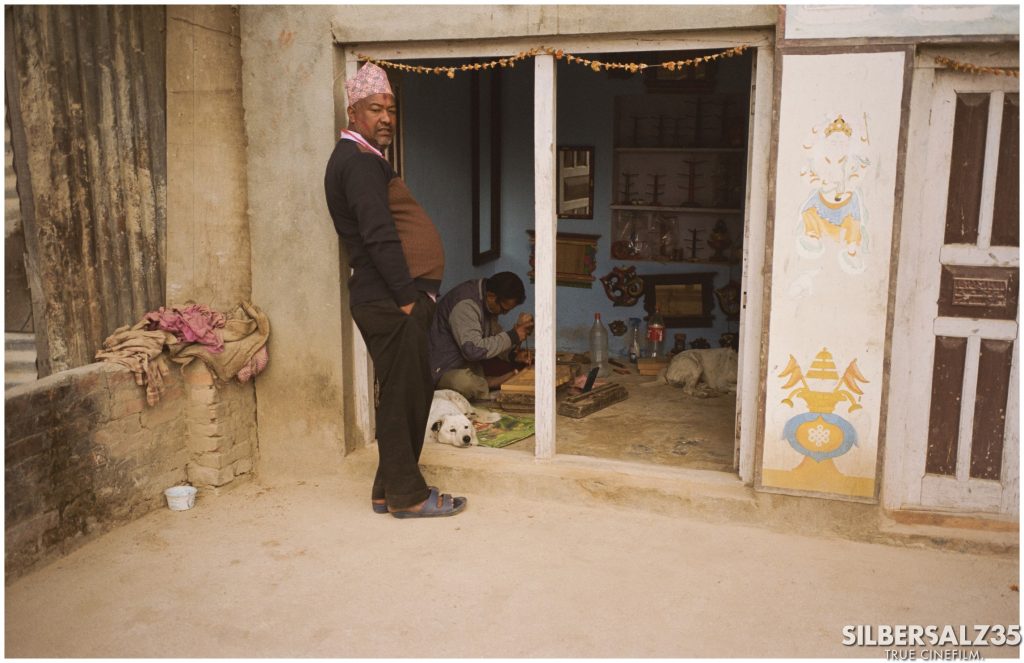
Price. Yes, Leica prices. When you buy a Leica, you feel like you are buying shares in the company. Astronomical prices that scare off most people. The money for, let’s say a new M11, will get you the most advanced flagship camera from Sony, the A1, with a lens! And with tons of more possibilities for stills and video. A Leica lens easily costs 5x more than a similar lens from another manufacturer. Not even the best. Is Leica then only for the rich and extravagante among us? Is that the purpose of Leica? For rich skiers who want to be seen with it in Chamonix? Or on their yacht in Cannes? Surely Oscar Barnack couldn’t have intended it that way.
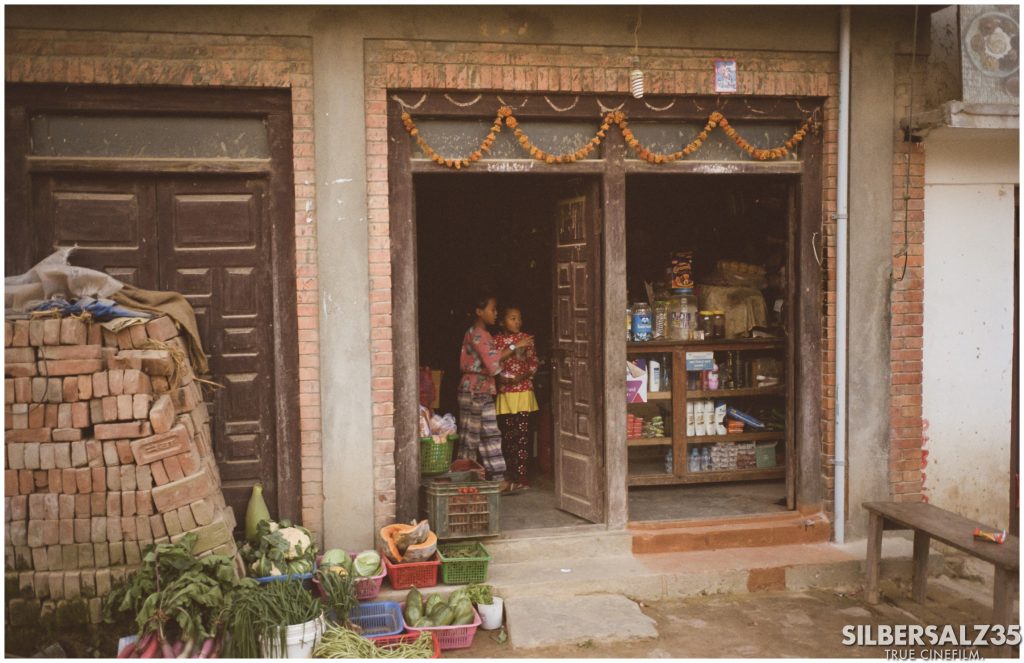
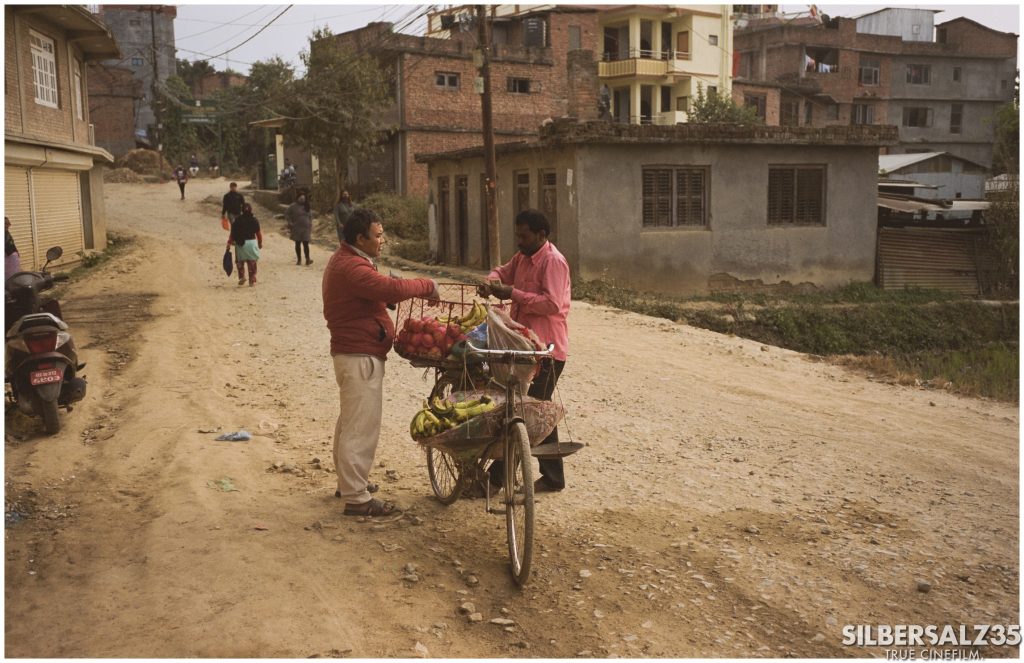
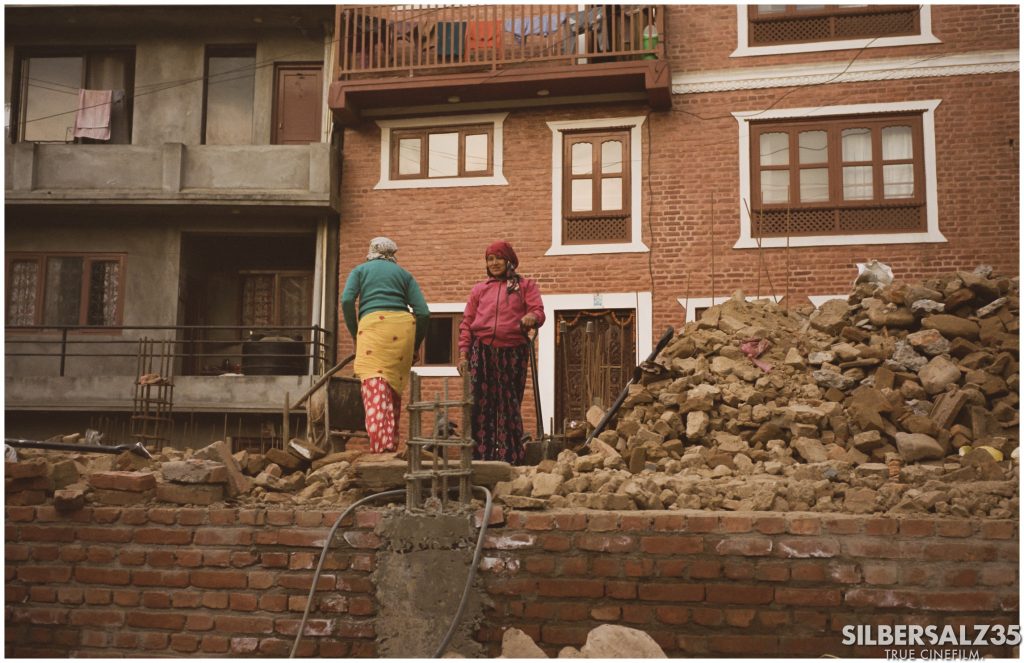
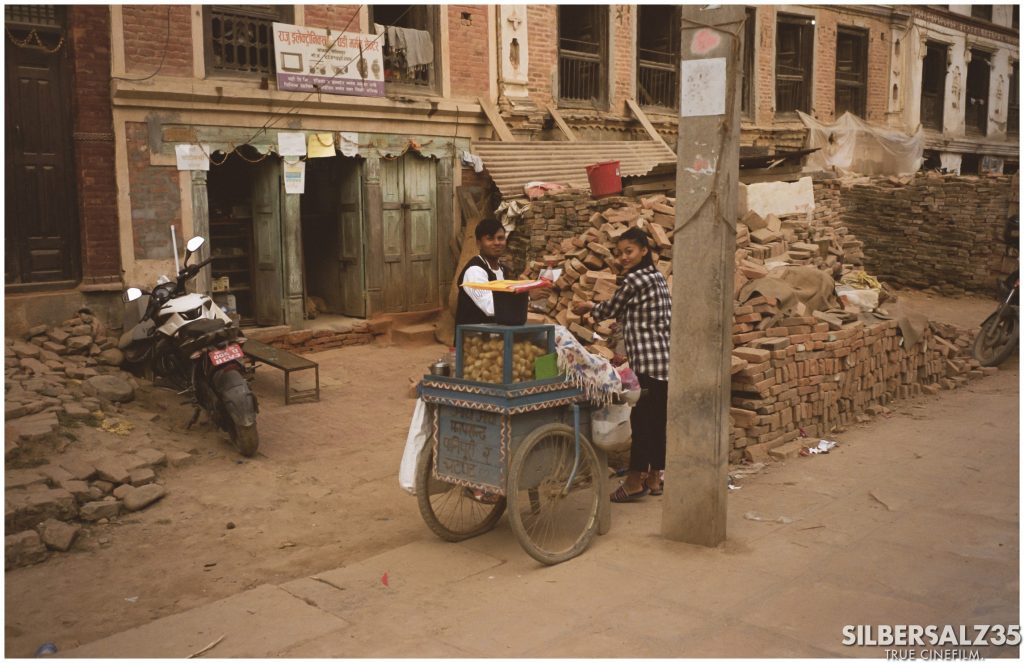
A Leica is a choice that is partly irrational. Unfortunately, you can’t also find a solid argument that justifies the price. The Design? The fact it is handmade with German quality? The red dot or Leica logo? Think about what that will cost you. You won’t take better pictures with a leica. Leica lenses are not the best in the world. Leica does not offer the best, but something that no other brand can match, a kind of the essentials of photography, as pure as possible, wrapped in amazingly beautiful designs of impeccable quality. Yes, you buy a Leica for life, and chances are the camera will still be worth pretty much the same then as it was when you bought it yourself.
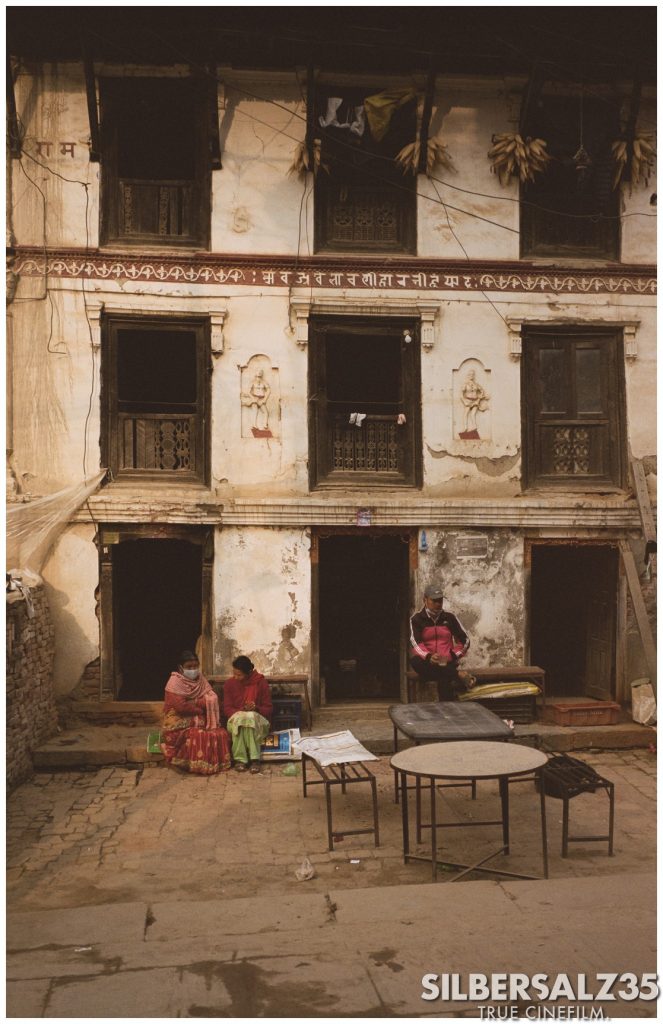
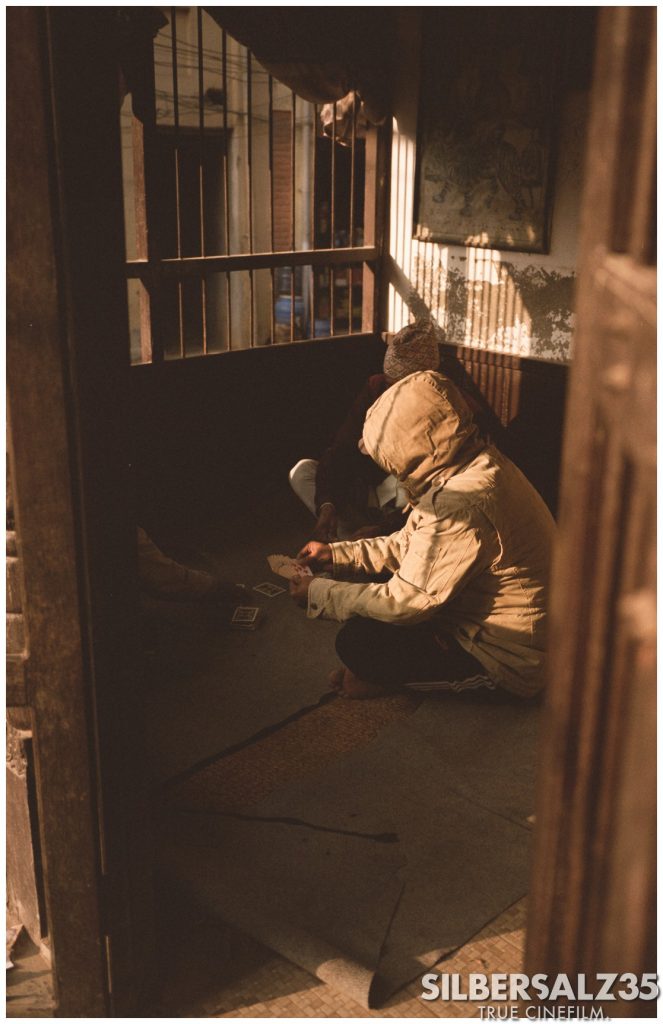
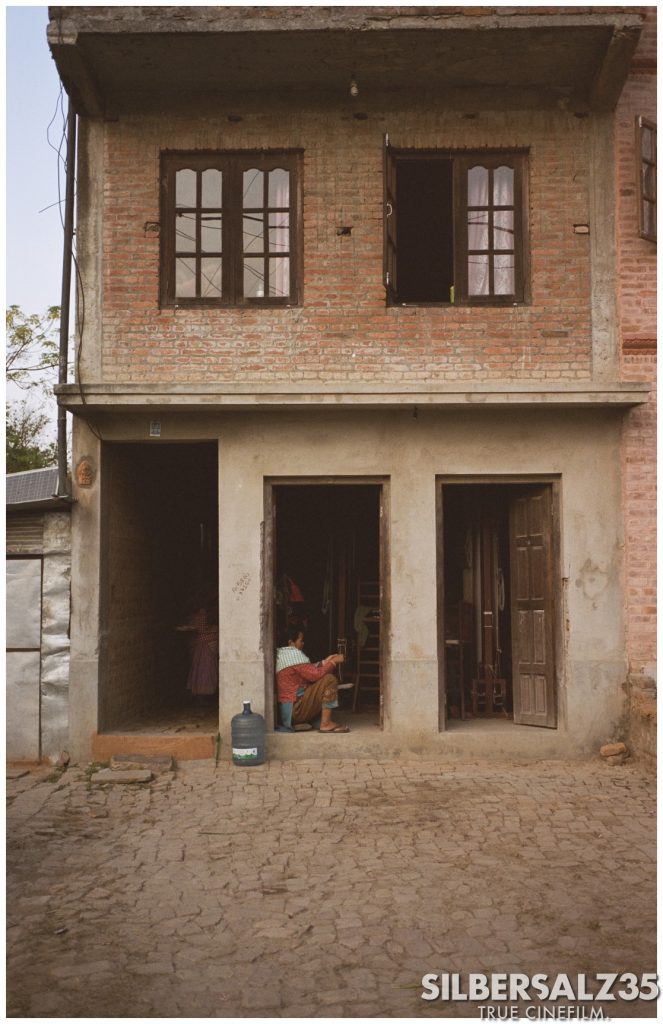
I never ever wanted a Leica. A waste of money. An arrogant camera for snobs. Now I own six. All bought second hand, most are analog (Barnacks, Leicaflex and of course an M) and a digital CL and X2. Honestly, I don’t regret it for a second and these cameras add to my photography in important ways. The essentials of photography are indeed conveyed by the cameras. No bells and whistles like on the Japanese cameras, no endless menu settings, buttons and joysticks. Not even video or a very limited video functionality. No flip screens. Leica M’s teach you to shoot with a minimum of automation. Or rather, just do it completely manual. Sure, a lot of cheaper cameras do that as well, Voigtlanders, Zeiss-Ikons, the older SLRs and rangefinders from Nikon, Pentax, Canon. But nothing feels like a Leica.
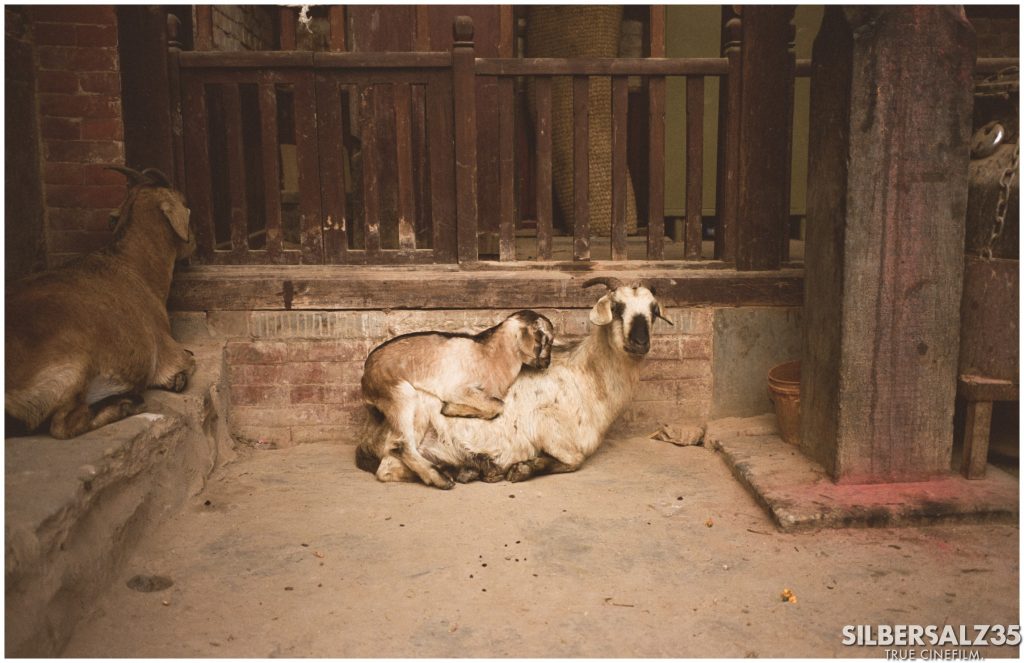
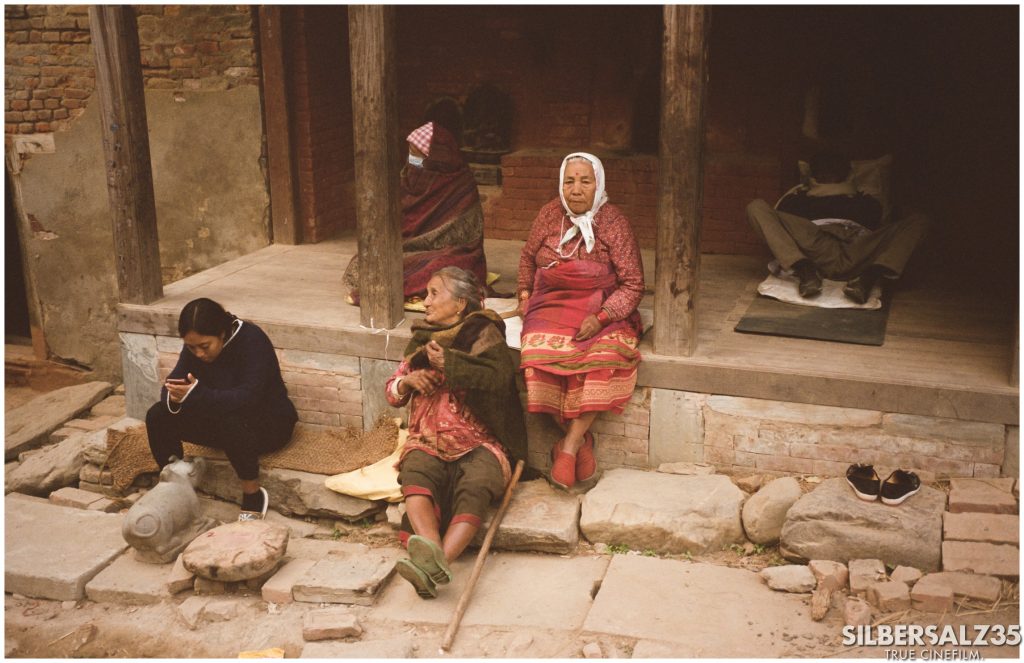
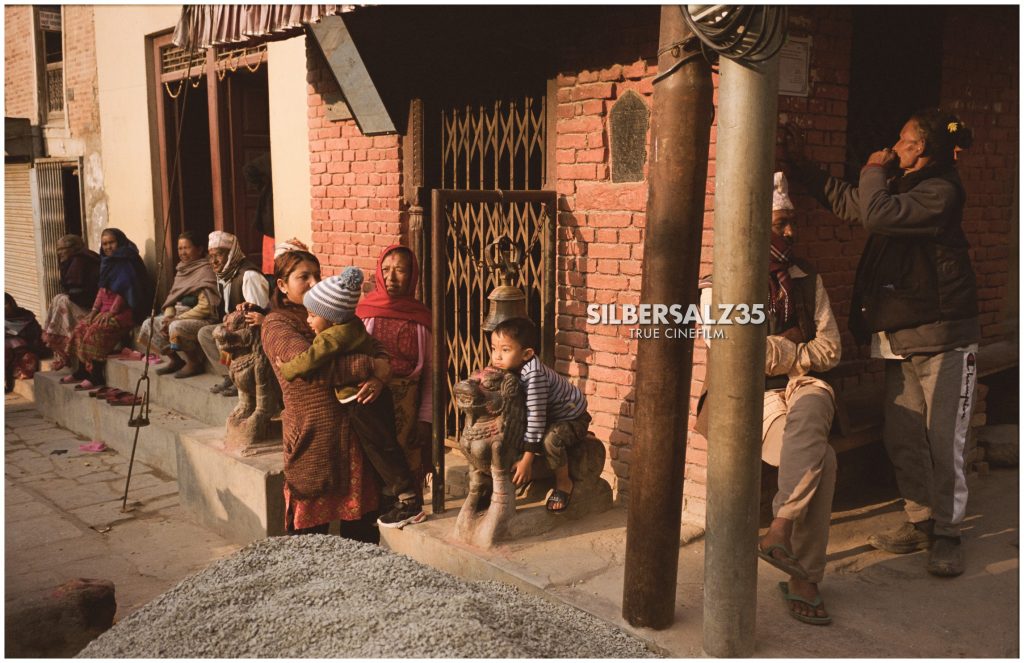
Leica has been the most imitated camera since World War II due to the elimination of patents and copyrights as reimbursement for war damages. See, all the major brands copied and produced the Leica Barnack. But even in that unequal battle, Leica remained on top. The M series became the great postwar success story for Leica. A small, gallant and very precise, handmade rangefinder with an unsurpassed viewfinder and different framelines for wide, normal and telephoto lenses. A silent exact shutter, an accurate film transport system with as few buttons as possible. A design that proved difficult to copy. Robustness also became a well-known feat. German thoroughness and durability, in short, value for money. This certainly did not apply to cameras from the Far East that were looking for mass production with cheaper materials. A formula to which Leica did not give a damn. They continued to hand build each unique Leica. And all those labor hours and more expensive materials cost a lot more. Selecting and grinding the highest quality glass, a waterproof lens housing, excellent coatings.
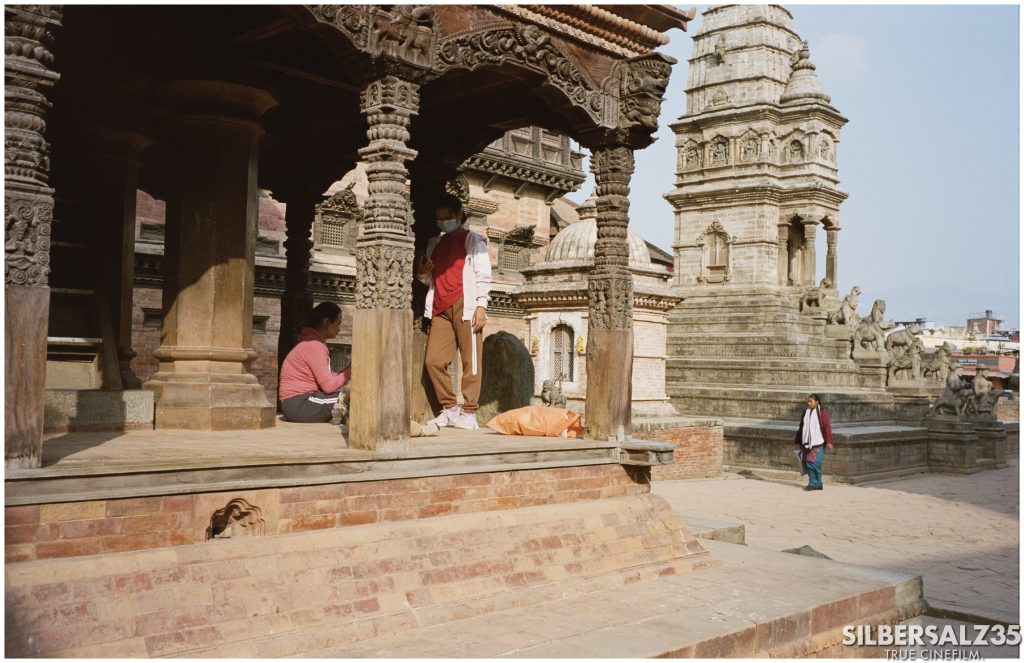
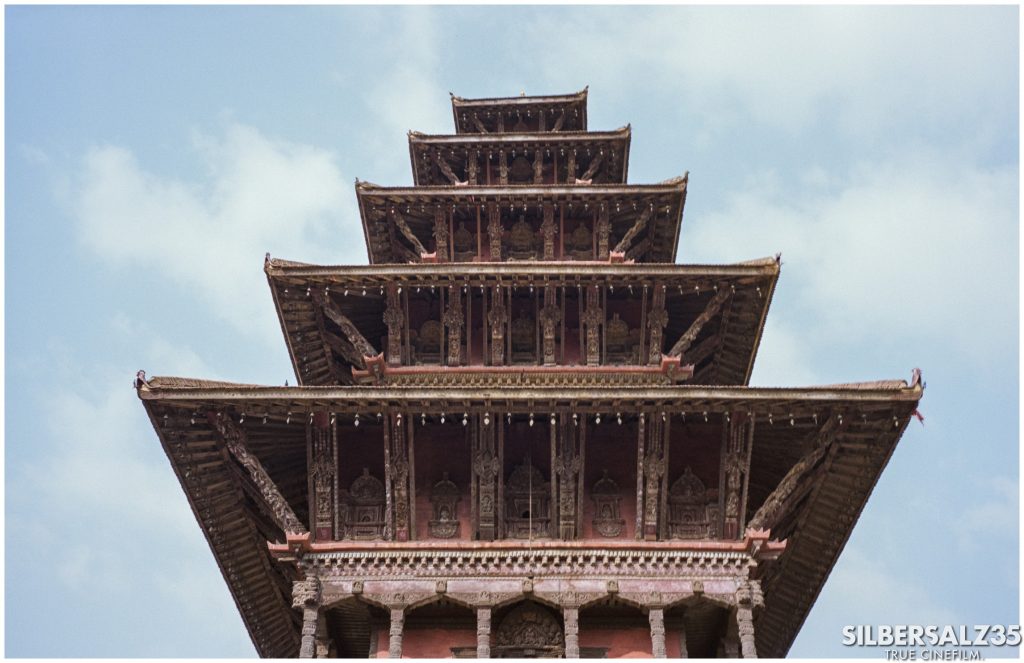
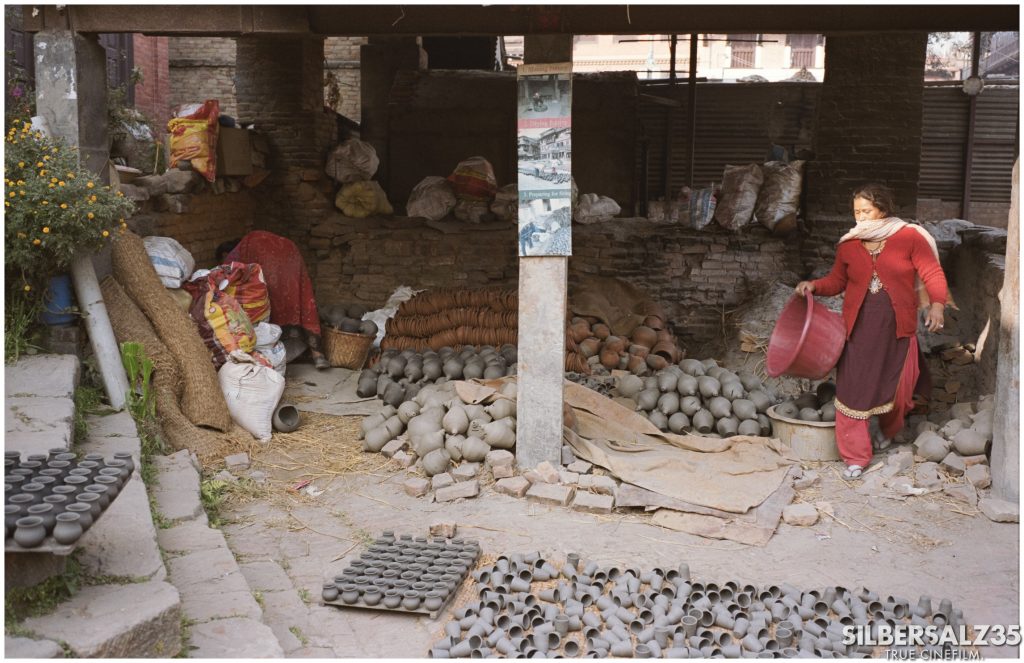
But above all, the user experience counts. And that experience turned out to be the victory over the market. Leica is the Mercedes, the Audi or the BMW in camera land. But not terms of luxury or automation, but accentuating what photography requires from the user: a learning curve to master the camera and compose and shoot good pictures. Rangefinding requires knowledge of zone focusing to shoot quickly. It requires knowledge of what apertures do in conjunction with shutter speeds. But a few M’s, like the M6 have a light meter, for convenience. Not as development. If something is technically possible, doesn’t mean it will be implied in an M. Perhaps rather the opposite. An M should stay close to the 1950s original and the Barnacks before it. Therefore, models M1 through M11 still look the same. Or better, resemble the M3 (the M1 and M2 are of later date).
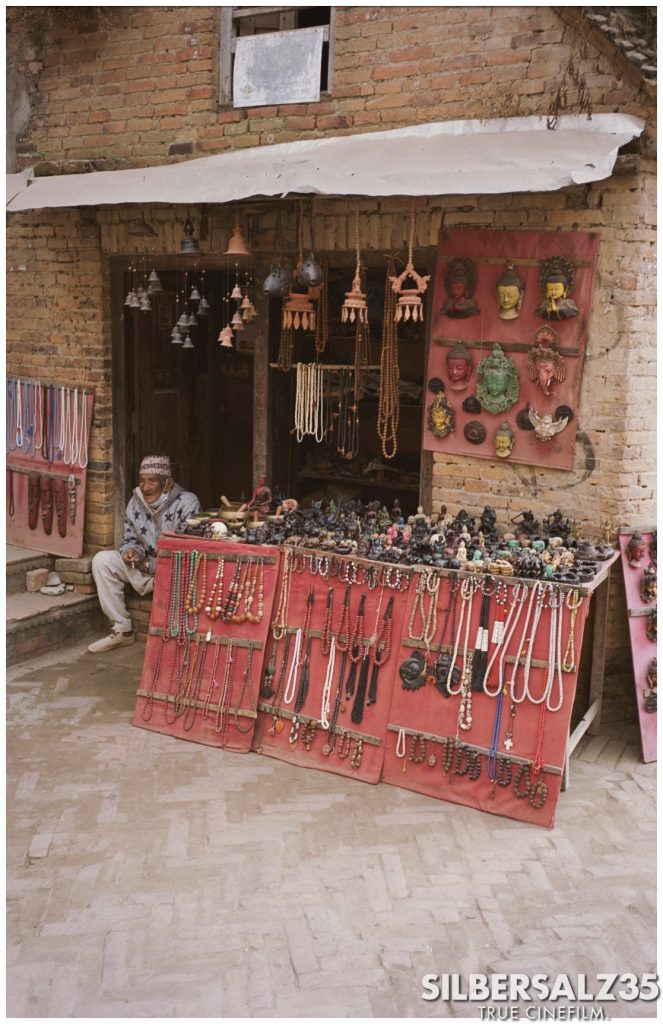
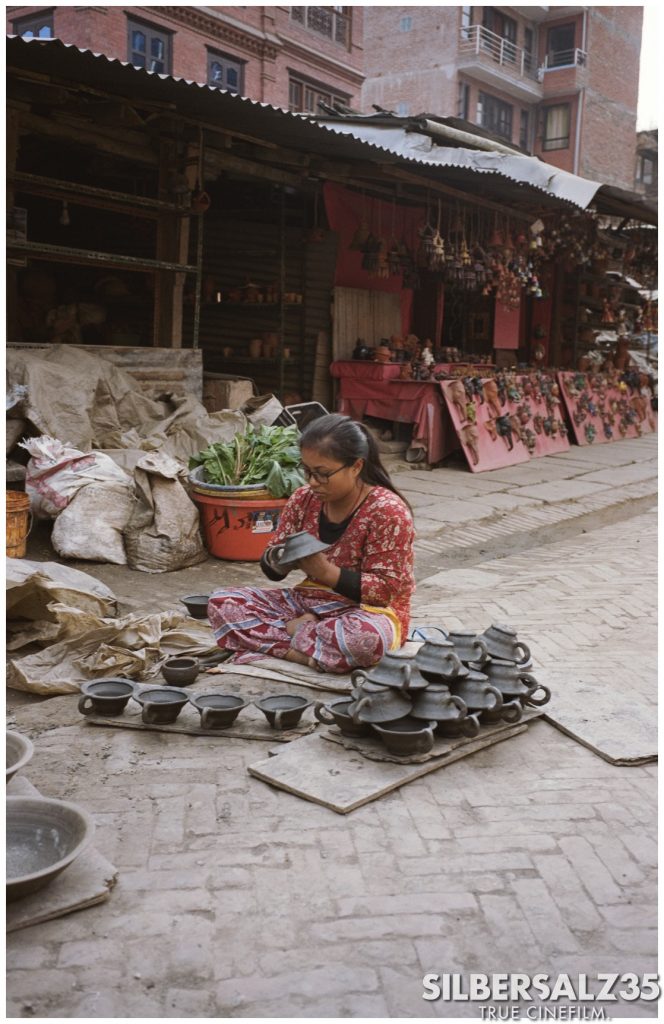
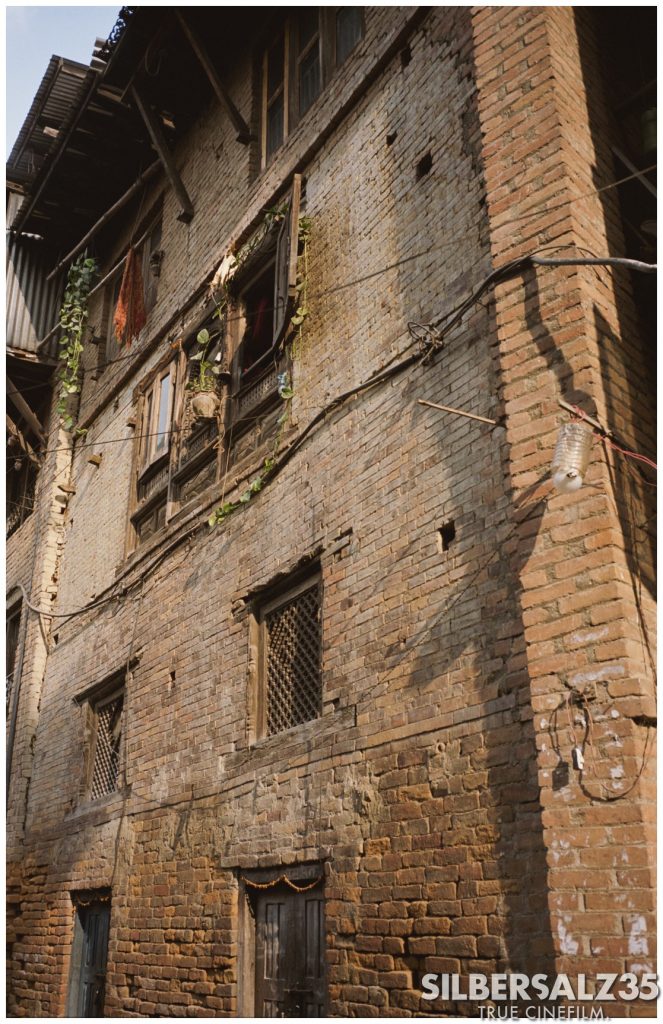
So is the M that good? Yes, it’s a top-notch camera. In the hands of the right user, the M takes top-notch photos. Yes, rangefinder is different than using a mirror to determine composition outside the framelines. You see more than the lens shows. Once familiar with manual settings, you learn to trust your intuition and photograph with complete freedom. Yes, an M is beautiful, beautiful to have in your hands. Compact in a way. Reliable. Light compared to heavy SLRs. They breathe history of the analog film reel, restore the belief in celluloid as a carrier of image. The digital M’s fall into the shadow of their analog predecessors. Changing a roll in an M, then, shows pride that you may have succeeded in capturing your moment 36 times again, by thinking and eagerly awaiting the result. The delayed reward of analogue shooting. No pixels and true-to-life colors, no HDR, but the quality of the brand of film roll, the ISO value, the developer and the printing center all factor into the final result. Or you develop it yourself. Many more choices that determine the result and on which you have much influence. All these processes play a role in your hobby or profession as a photographer. Leica makes photography a profession. A knowledge base that challenges you. Not a point and shoot experience.
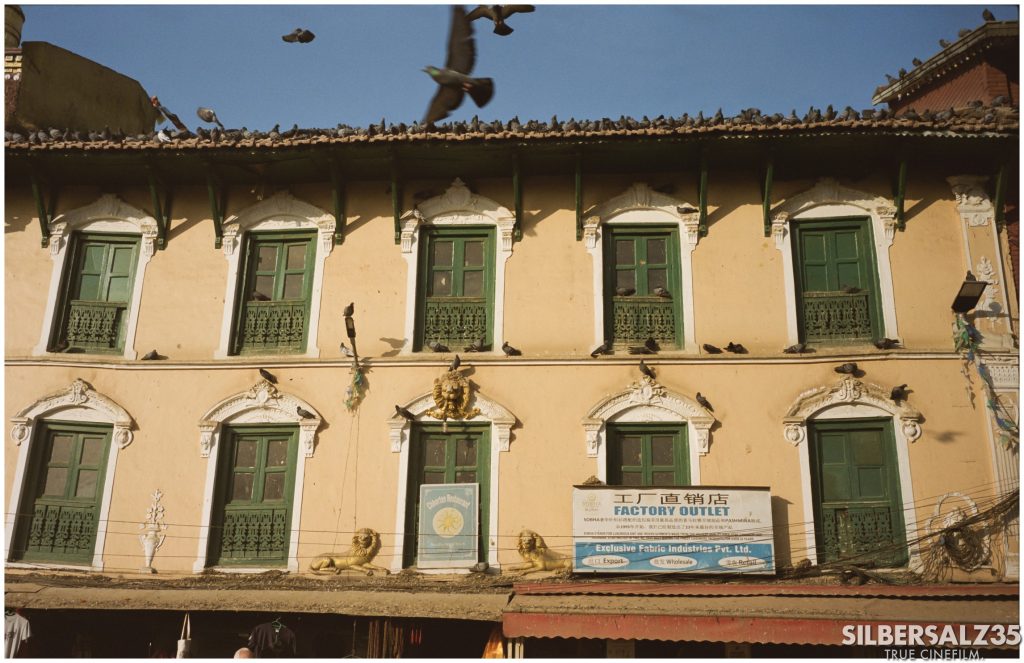

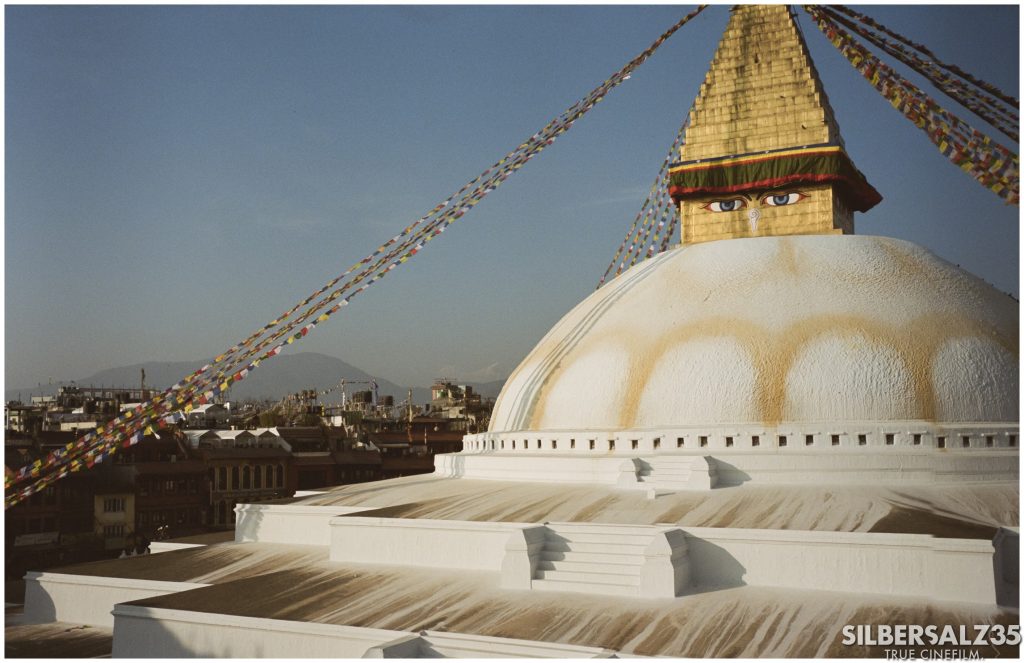
Back to Nepal, the backpack and the M6, which I have enjoyed using with incredible pleasure on the streets of ancient villages and cities. Took my time for each photo, first looking, then photographing, playing with light. Interacting with the people. The result is a mishmash of captured impressions. Moments you want to see as real as possible, taking you back to the moment of capture, settings, sharpness and contrast. Film images filtered through the earth, as it were, at terracotta level. A camera that adapts to the colors of the environment. Which you make mistakes with, but which are forgivable because the moment is always in there, somehow. Not looking for the perfect photo, but stilling the moment, freezing time as a memory forever. These are not the feelings I cherish with my Sony A7IV, but they are with the Leica. How much is that worth to you? Oh yes, what about Nepal? I travelled with a local agency, himalayandreamteam, a very popular and professional family company in Kathmandu. They have an outstanding friendly and flexible service and the prices are within reach for everybody.

